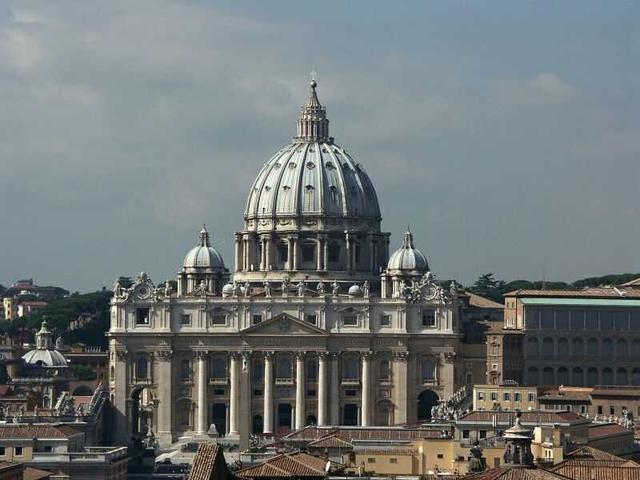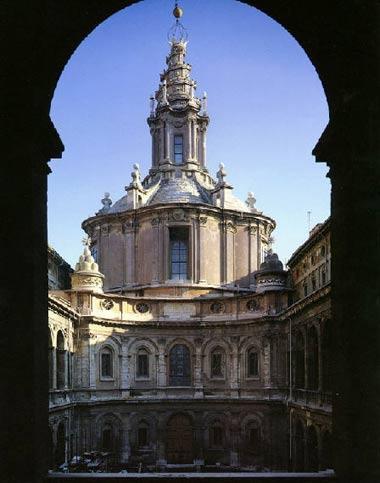
On one hand, the Baroque style broke the blind worship of the ancient Roman architectural theoretician Vitruvius, and also broke through the various precepts formulated by late Renaissance classicists, reflecting the secular idea of yearning for freedom. On the other hand, the Baroque-style church is magnificent and can create a rather strong atmosphere of mystery. It also meets the requirements of the Catholic Church to show off its wealth and pursue its mystery. Therefore, Baroque architecture spread from Rome soon after it spread throughout Europe, as far as the Americas. Some Baroque buildings are excessively pursuing luxury, even to the point where they are cumbersome.
Since the 1730s, the wealth of Italian churches has increased. Each diocese has successively built its own baroque church. Due to its small scale, it is not appropriate to use a Latin cross plane, so it is often used as a hall with a single space such as a circle, an ellipse, a quincunx, and a cross-shaped cross. A large number of curved surfaces are used in modeling.

A typical example is the Church of San Carlo in Rome, designed by Polo. Its palace is flat and olive-shaped, surrounded by irregular small prayer rooms; there is also a living courtyard. The decoration of the hall and ceiling emphasizes the dynamics of the curve and the ankle is horizontally curved, the surface of the wall is uneven, the decoration is rich, and there is a strong light and shadow effect. In spite of its skillful design, it is hard to avoid being artificial. After the middle of the 17th century, Baroque churches became popular in Italy. There were novel and unique works, but there were also poorly constructed and over-built buildings as well.
Source: Internet
 HK DOLLAR
HK DOLLAR







Leave A Comment